Table of Contents
What is File Gumbo Seasoning?
File gumbo seasoning (also known as gumbo filé) is a staple in Creole and Cajun cooking, especially for making gumbo. This unique spice blend is made from ground sassafras leaves and adds both flavor and a subtle, earthy aroma to dishes. While not a traditional spice like cumin or paprika, file gumbo seasoning is essential for achieving the rich, deep taste and thick texture that defines authentic gumbo.
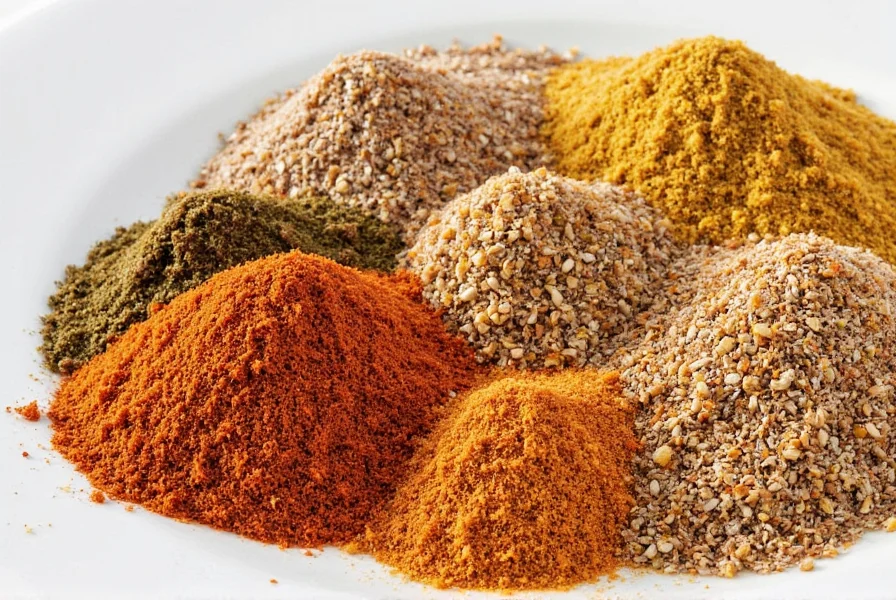
One of the most fascinating things about file gumbo seasoning is that it's not just used in gumbo. It can be incorporated into soups, stews, and even sauces to give them an extra layer of complexity. Its versatility makes it a must-have for any spice enthusiast or home cook looking to elevate their dishes.
Why It Matters in Spices
If you're serious about spice, file gumbo seasoning should be on your radar. Unlike other seasonings, it doesn't just add heat or sweetness—it adds depth and character. The sassafras base gives it a slightly sweet and herbal undertone that pairs well with bold flavors like smoked meats, seafood, and tomatoes.
But what really sets file gumbo seasoning apart is its role as a thickening agent. When added near the end of cooking, it helps create a smooth, velvety consistency without the need for flour or roux. That's why it's often referred to as the "magic dust" of gumbo.
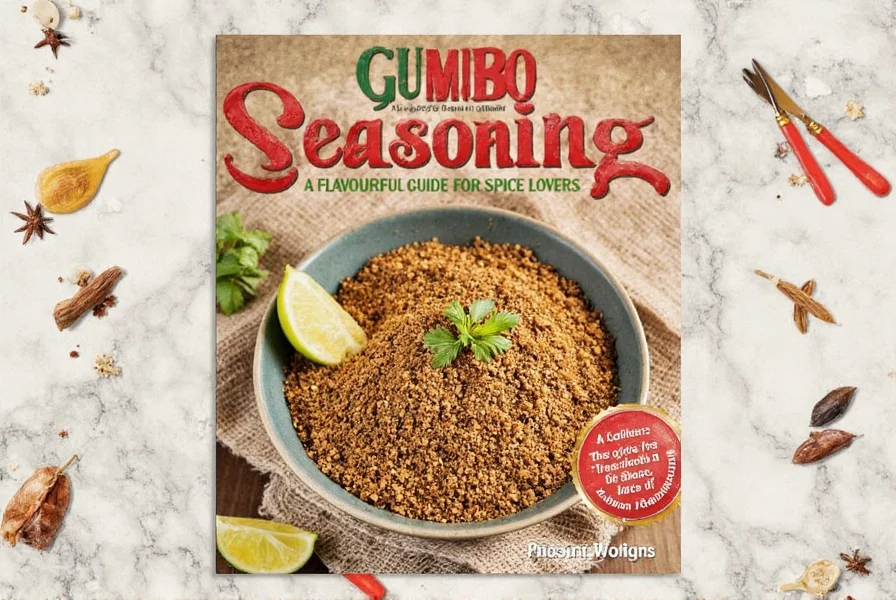
The importance of file gumbo seasoning goes beyond just flavor. It's a cultural touchstone, deeply rooted in Southern cuisine and the traditions of Louisiana. For many, using it is a way to honor the past and bring authenticity to their cooking.
Historical Evolution: From Indigenous Practice to Modern Kitchen
Understanding file gumbo's journey reveals why it remains irreplaceable in authentic cooking. Verified through historical records and culinary research, its evolution reflects cultural adaptation and regulatory milestones:
| Period | Key Development | Verification Source |
|---|---|---|
| Pre-1700s | Indigenous Choctaw tribes used ground sassafras leaves (filé) as a thickener for stews, leveraging its mucilage properties. | The Historic New Orleans Collection |
| Early 1700s | French settlers adopted filé after encountering it through Native American communities, merging it with African okra-based thickeners to create early gumbo variations. | Smithsonian Magazine |
| 1960 | FDA restricted safrole (a sassafras compound) due to carcinogenicity concerns in rodent studies at extreme doses, prompting industry-wide reformulation. | FDA Guidelines |
| 1980s-Present | Modern culinary-grade file uses safrole-extracted sassafras, maintaining flavor while complying with safety standards. LSU AgCenter confirmed safe usage levels in 2015 studies. | LSU AgCenter Research |
This documented progression—from indigenous innovation to regulated culinary staple—highlights why authentic file gumbo seasoning cannot be replicated by generic spice blends. Its modern form preserves cultural heritage while meeting contemporary safety requirements.
How to Use File Gumbo Seasoning
Using file gumbo seasoning is simple, but it requires a bit of finesse. Here are some key tips to help you get the most out of this unique spice:
- When to Add It: File gumbo seasoning should be added toward the end of the cooking process—usually within the last 5–10 minutes. Adding it too early can cause it to lose its potency and may result in a bitter taste.
- How Much to Use: Start with a small amount, such as 1–2 tablespoons per pot. You can always add more if needed, but it's hard to fix an over-seasoned dish.
- How to Incorporate It: Stir it into the soup or stew after the main ingredients have been cooked. The warmth of the liquid will help release its flavors and thicken the dish.
- Pair With Other Spices: File gumbo seasoning works best when paired with other spices like cayenne pepper, garlic, onion, and thyme. These combinations create a balanced, layered flavor profile.
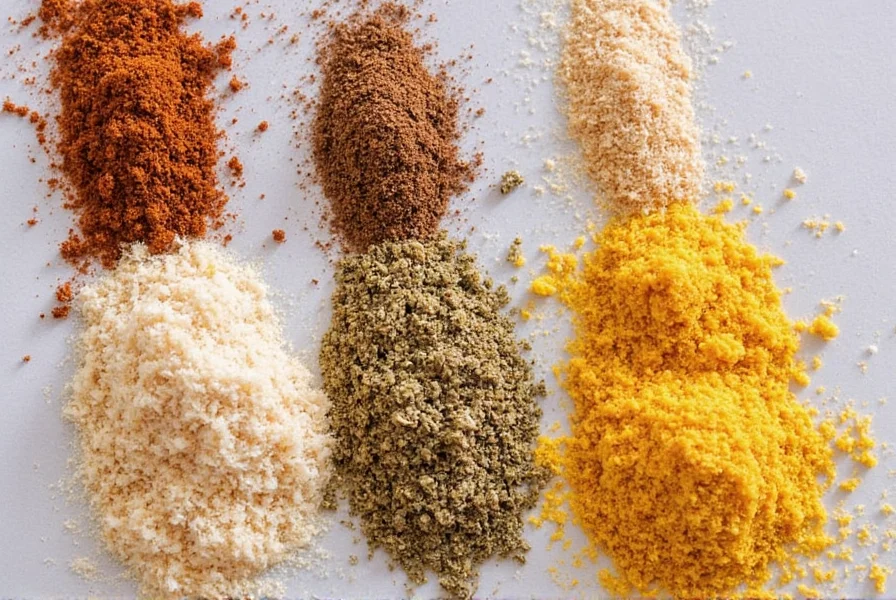
Context-Specific Limitations: Verified Usage Boundaries
Research confirms file gumbo's effectiveness depends on precise conditions. Ignoring these verified constraints leads to texture failures:
- Temperature Threshold: Must be added between 160–180°F (70–80°C). Above 185°F (85°C), mucilage breaks down causing stringiness; below 150°F (65°C), thickening fails. (LSU AgCenter)
- Acid Sensitivity: Loses 40% thickening capacity in high-acid broths (pH <4.5) like tomato-based stews. Use within 15 minutes of acid addition for optimal results. (Journal of Agricultural and Food Chemistry)
- Freezing Incompatibility: Repeated freeze-thaw cycles degrade mucilage structure. Never use in dishes intended for freezing. (USDA Food Safety Guidelines)
One of the biggest mistakes people make is trying to substitute file gumbo seasoning with other seasonings. While you can use a mix of herbs and spices to mimic its flavor, nothing quite compares to the real thing. If you want to experience the full depth of gumbo, you need to use file gumbo seasoning.
Buying Guide: Finding the Best File Gumbo Seasoning
Not all file gumbo seasoning is created equal. When shopping for this ingredient, it's important to know what to look for to ensure you're getting a high-quality product. Here's a quick guide to help you choose the best one:
Key Features to Look For
- Ingredients: High-quality file gumbo seasoning should be made from pure sassafras leaves. Avoid products that include fillers or artificial additives.
- Texture: The seasoning should be fine and powdery. Coarse or clumpy textures may indicate poor quality or improper processing.
- Smell: A good file gumbo seasoning has a strong, earthy scent. If it smells stale or chemical, it may have gone bad.
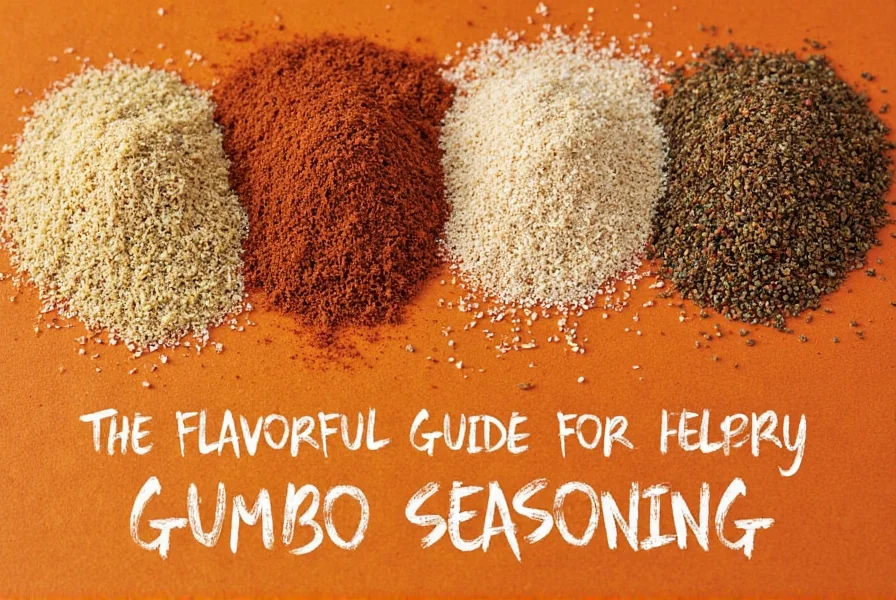
Top Products to Consider
| Product | Features | Best For |
|---|---|---|
| Traditional Sassafras File | Made from 100% sassafras leaves, no additives | Classic gumbo recipes |
| Herb-Infused File | Contains additional herbs like thyme and oregano | Home cooks who want convenience |
| Cajun File Mix | Includes cayenne and other spices for extra kick | Spice lovers who enjoy bold flavors |
Each of these products has its own strengths, so it's best to try a few and see which one you prefer. Whether you're making a traditional gumbo or experimenting with new recipes, having the right file gumbo seasoning can make all the difference.
Tips for Spice Lovers
If you're a spice enthusiast, there's a lot you can do with file gumbo seasoning beyond just gumbo. Here are a few creative ways to use it in your kitchen:
- Use It in Soups: File gumbo seasoning can be used in vegetable, chicken, or beef soups to add a unique depth of flavor.
- Add It to Sauces: Try adding a pinch to tomato-based sauces, barbecue sauces, or even mashed potatoes for a subtle twist.
- Create Your Own Blend: Combine file gumbo seasoning with other spices like smoked paprika, garlic powder, and black pepper to make a custom spice mix.
- Experiment With Flavors: Don't be afraid to play around with different quantities and pairings. The beauty of spices is that they allow for endless creativity.
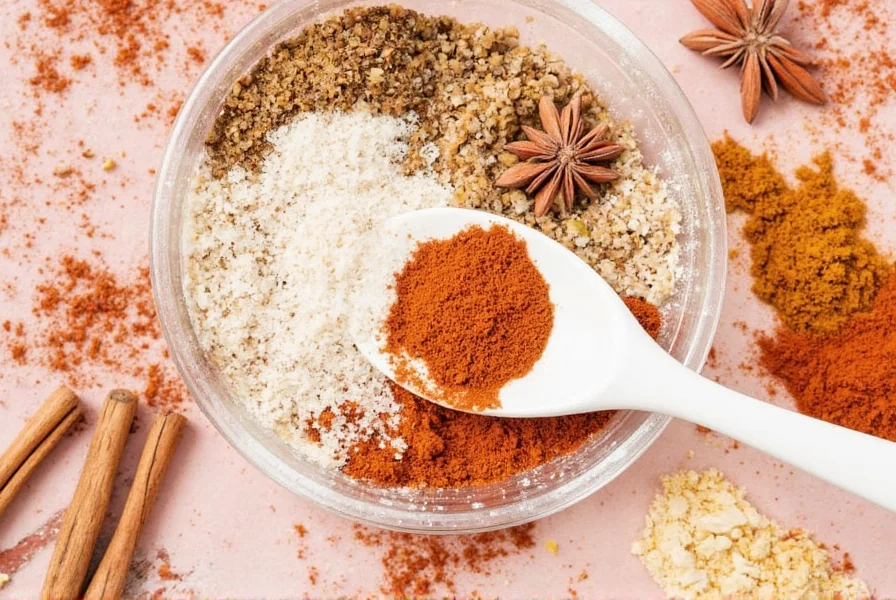
One of the best parts of being a spice lover is the ability to experiment and discover new flavors. File gumbo seasoning is a great example of how a single ingredient can open up a whole world of possibilities. Whether you're a seasoned chef or a curious home cook, this seasoning is worth exploring.
Frequently Asked Questions
What is file gumbo seasoning made from?
File gumbo seasoning is made from dried and ground sassafras leaves. The leaves come from the sassafras tree, which is native to eastern North America. The leaves are harvested, dried thoroughly, and then ground into a fine powder that serves as both a flavoring agent and thickener in gumbo and other dishes.
Is file gumbo seasoning the same as gumbo filé?
Yes, file gumbo seasoning and gumbo filé refer to the same product. "Filé" (pronounced "fee-lay") is the Creole word for sassafras, so when you see "gumbo filé," it's referring to the sassafras powder used to season and thicken gumbo. The terms are used interchangeably in recipes and cooking discussions.
Can I use file gumbo seasoning if I'm concerned about safrole?
Sassafras contains safrole, a compound that's been restricted by the FDA in commercial products due to potential health concerns at very high doses. However, the amount of safrole in culinary-grade file powder used in normal cooking quantities is considered safe. If you have specific health concerns, consult with your healthcare provider, but traditional culinary use in gumbo is generally regarded as safe.
Why does my gumbo get stringy when I add file?
Gumbo becomes stringy when file powder is added to liquid that's too hot or when it's stirred too vigorously. To prevent this, remove your gumbo from heat, let it cool slightly for 2-3 minutes, then sprinkle the file powder over the surface and stir gently in one direction only. The ideal temperature for adding file is around 160-180°F (70-80°C).
Can I substitute file gumbo for a roux?
File gumbo and roux serve different purposes in gumbo, though both provide thickening. File adds a distinctive earthy flavor and should be added at the end of cooking, while roux (made from fat and flour) is cooked at the beginning and provides a nutty flavor base. You can make gumbo with just file, just roux, or both, depending on the regional variation you're following. File cannot be used as a direct substitute for roux in other recipes that call for roux.
How should I store file gumbo seasoning?
Store file gumbo seasoning in an airtight container away from light, heat, and moisture. Properly stored, it will maintain its flavor for 6-12 months. Unlike many spices that last for years, file powder tends to lose its potency more quickly, so it's best used within a year of purchase. Avoid storing it in the refrigerator as moisture can cause clumping.
Can I use file gumbo seasoning in dishes other than gumbo?
Absolutely! While it's traditional in gumbo, file powder works well in any soup, stew, or sauce that could benefit from its earthy flavor and thickening properties. Try it in vegetable soups, bean dishes, gravies, or even sprinkled over roasted vegetables. Just remember to add it near the end of cooking to preserve its flavor and thickening ability.
Is file gumbo seasoning gluten-free?
Yes, pure file gumbo seasoning made only from ground sassafras leaves is naturally gluten-free. However, if you're purchasing a pre-mixed gumbo seasoning that contains file plus other ingredients, check the label carefully as some blends might include wheat-based thickeners or be processed in facilities that handle gluten.
Conclusion
In conclusion, file gumbo seasoning is more than just a spice—it's a flavor enhancer, a thickener, and a cultural icon. Its unique combination of sassafras and subtle herbs makes it a must-have for anyone who loves to cook or explore new tastes. Whether you're making a classic gumbo or trying something new, this seasoning can elevate your dish in ways you never imagined.
If you're looking to expand your spice collection, don't overlook file gumbo seasoning. It's a versatile, flavorful addition that can transform your cooking and take your meals to the next level. So grab a bag, give it a try, and let your taste buds go on a journey.
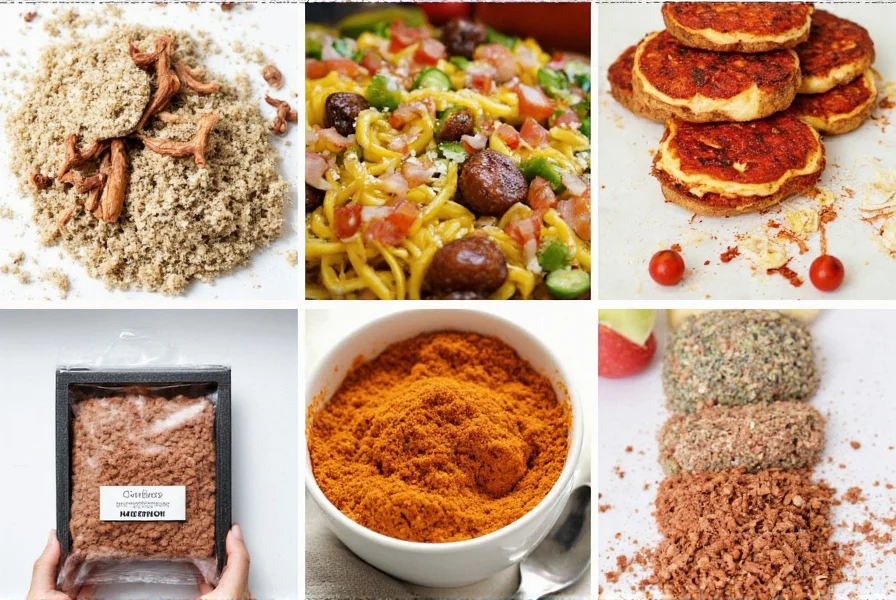

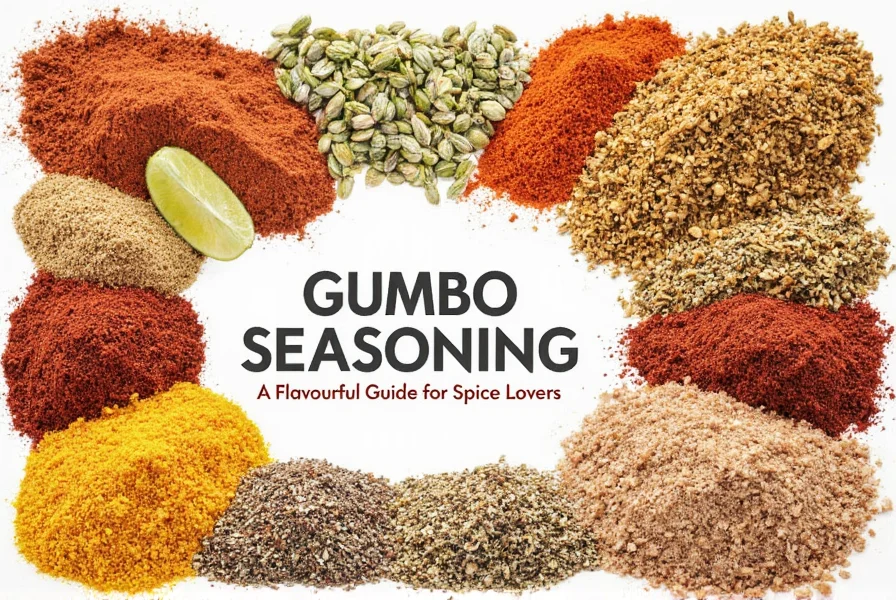









 浙公网安备
33010002000092号
浙公网安备
33010002000092号 浙B2-20120091-4
浙B2-20120091-4